Your definitions of MVC in generally is right, here is answer for your ask:
Controllers are not responsible for rendering the interface, nor for
presentation logic. Controllers do not display anything. Instead, each
controller's method deals with different user's request. It extracts
the data from said request and passes it to model layer and the
associated view.
Decisions about what and how to display are in purview of views. Views
contain the presentation logic in MVC pattern. In the context of web
applications, views create the response. They can compose a from from
multiple templates or just send a single HTTP header.
Controllers can signal the associated view by passing some specific
values of the request to that view, but most of the decisions in the
view are based on information that the view requested from different
services in the model layer.
A Controller's methods are based on what type of requests a user can
send. For example in a authentication form it might be: GET /login
and/or POST /login.
Source: Controllers, tereško
Classic correct MVC class structure:

Easy definition:
Model. The model manages the behavior and data of the application domain, responds to requests for information about its state (usually from the view), and responds to instructions to change state (usually from the controller).
View. The view manages the display of information.
Controller. The controller interprets the mouse and keyboard inputs from the user, informing the model and/or the view to change as appropriate.
Source: Microsoft Docs
Additional resourses: (only useful ones)
External
- MVC Explanatory [computer science design patterns]
- Creating a Custom Controller and View in CodeIgniter [a visual example]
- Codeproject's definitions MVC: easy | extended
Internal
